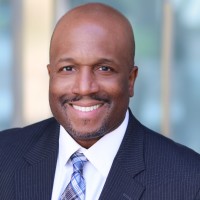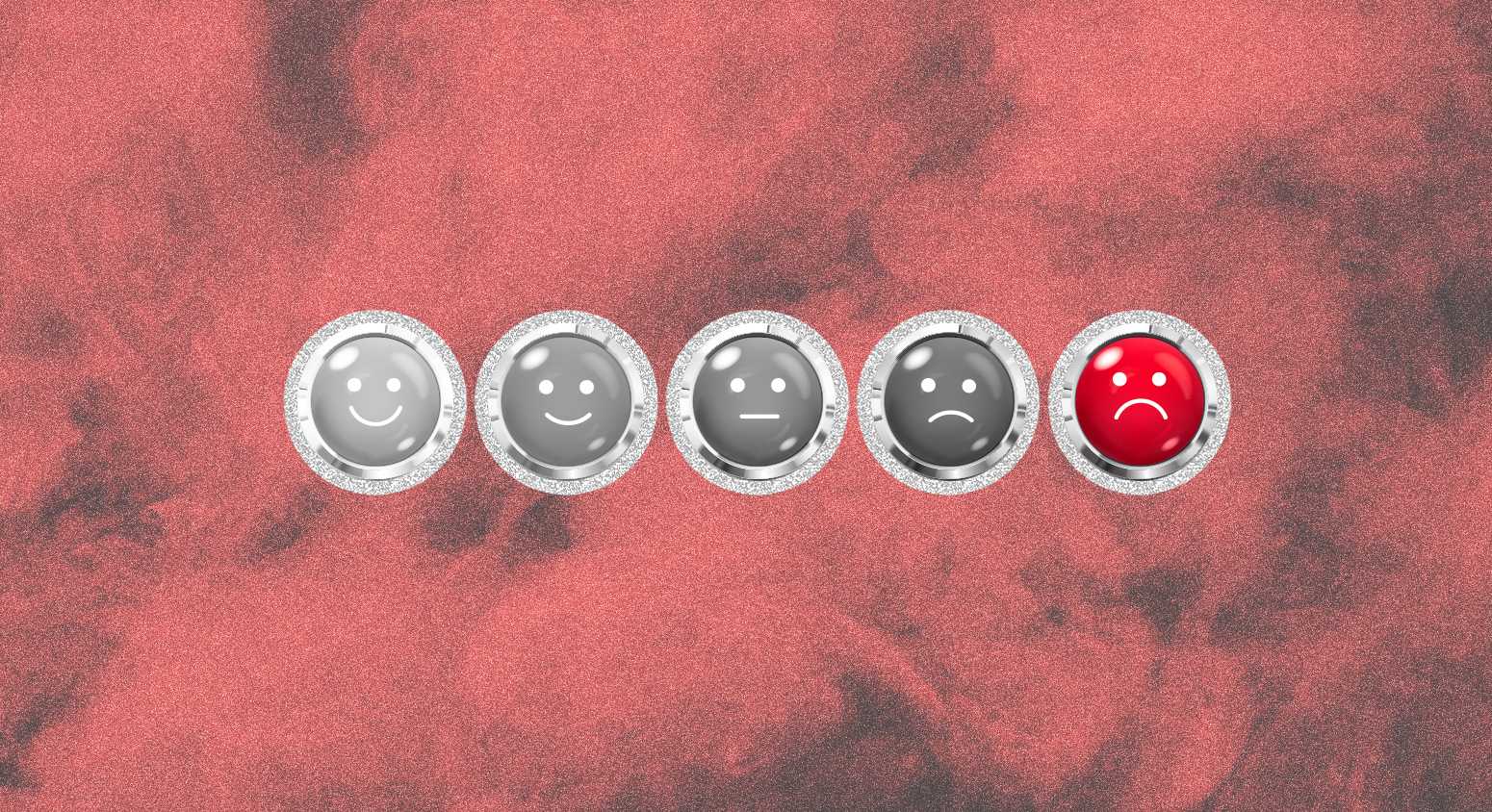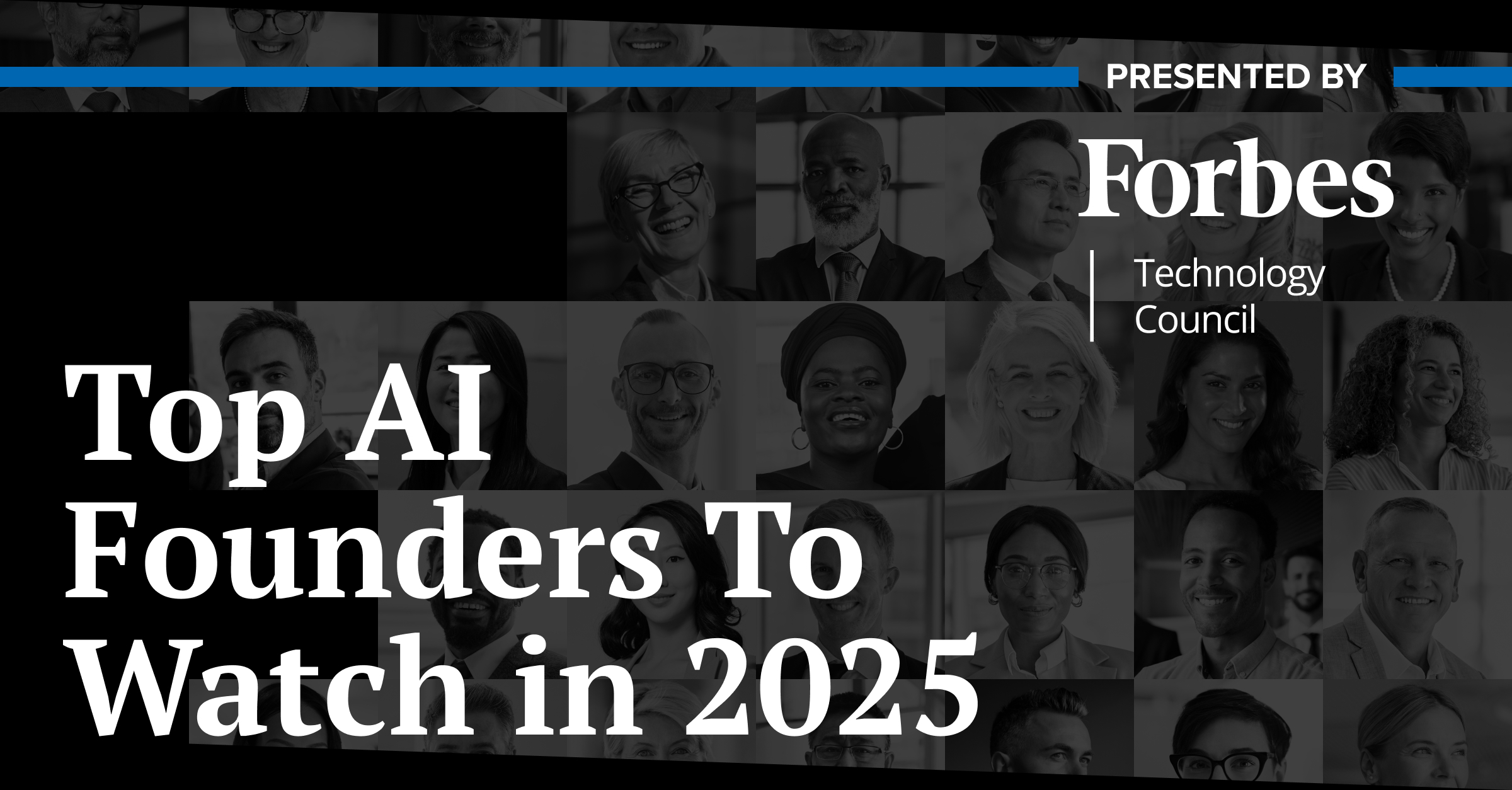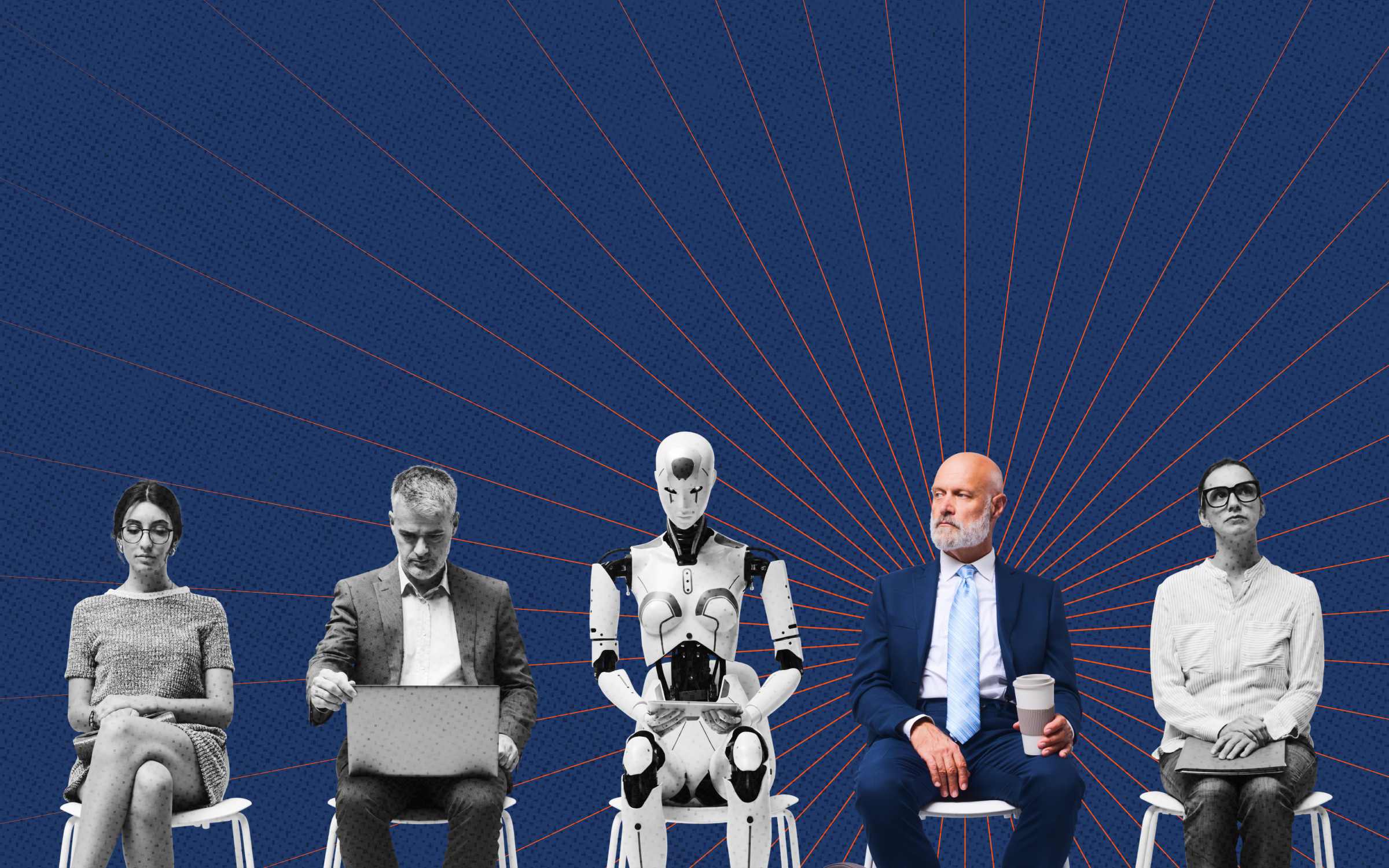In Q3 of 2022, SilkRoad Technology added Entelo, a recruitment technology platform, to its capabilities. What does an acquisition mean for the culture of an organization? As senior director of diversity and inclusion solutions, Kevin Walters shares a behind the scenes look at how he’s approaching culture and training to create an inclusive company culture.
Looking ahead to 2023, Walters is focusing on:
- Culture: Creating a culture of belonging and inclusion that brings together all employees.
- Metrics: Researching diagnostic tools to measure employee participation and engagement.
Read on for an edited excerpt of our exclusive interview with Kevin Walters, who is also a member of the Senior Executive DEI Think Tank, about SilkRoad Technology’s business goals and cultural integration.
Senior Executive Media: You were previously a diversity leadership and development leader at Amazon for nearly six years. Any leadership lessons that you can share from your time working there?
Kevin Walters: The larger your organization, the more complex the challenges can be because you’ve got so many different priorities, and obviously, so many different cultures and personas. It’s hard to be as inclusive of a company as you want to be and have everyone marching to the same cultural values and such. But at the very core, you have to figure out a way to assess what you have and find systematic solutions that will help you diagnose those problems. That, I think, is a big challenge, especially with training. I always like to say training, it’s not immediately transformational… It’s a continuous process that you have to continually iterate and grow, and that can be challenging — helping people understand that you have to continue to evolve. You have to continue to keep this on top of your mind and really look for the transformation if you want to make some impact and changes.
“When you’re trying to build out a culture you’re figuring out: Is this really reflective of everyone? That’s the basis of inclusion.”
Senior Executive Media: What are your big DEI goals to support the business strategy as a whole in 2023?
Kevin Walters: In 2023, the goals as a leader and change agent for SilkRoad Technology are to really help our company, our industry, and our customers become more inclusive. I think inclusion is one of the biggest challenges that corporations are having today. I think across the board, including our company, we need to find better ways of being inclusive with our employees, workforce, our population, and also drive more engagement and productivity. So really helping formulate more groups or employee resource groups to help people feel free to identify themselves, come forward, and really voice what they would like to see the company do for them.
Senior Executive Media: Given the recent addition of Entelo, what are you focused on?
Kevin Walters: To best support our clients, we’ve combined teams and have formulated a new leadership team. As we work through that process, it’s been critical for us to establish a baseline understanding of where we’re at from a diversity and inclusion maturity level perspective as well as how we communicate to achieve a common understanding and shared goals. The baseline understanding will serve as the foundation as to how we move forward as an organization to drive our desired outcomes.
We are really focused on trying to bring the best of both cultures together. We’ve looked at the values and our mission statements combined and said: What across the board are similar and what are the things that we really like to bring together? From an integration standpoint, who do we want to be as this new company, as a brand but also from a cultural perspective? We want to be a more inclusive company — how do we build those values and into our mission? Building a new mission statement and building a purpose that reflects everyone’s agenda. We’re still working on it, but it’s definitely a process that I think you have to be patient with because you want to get it right. We don’t want it to be based on what leadership thinks. We want it to be something that everyone has a lot of input and buy in, and believability… When you’re trying to build out a culture you’re figuring out: Is this really reflective of everyone? That’s the basis of inclusion.
Senior Executive Media: What’s your strategy for getting everyone on the same page?
Kevin Walters: It’s a multi-pronged approach using educational resources. I built a glossary, an internal repository of terms, that our leaders and our employee population can refer to. [I’m also] building out specific training on awareness, communications, and interactions with one another. That includes objectives of helping our leadership and our employee workforce with understanding basics about diversity and inclusion: what diversity means (everyone probably has a different definition of that), what are some of the fine terms in the marketplace, and how we can really be more inclusive in addressing one another, understanding what intersectionality is, and some of the other terms that go along with inclusion.
Senior Executive Media: To build the culture of understanding you mentioned, what training are you looking into?
Kevin Walters: One training that I recently executed was an exercise to help our leadership and our employees understand one another. We’re much more than what you see. So [the training exercise was focused on] helping us understand multiculturalism, understanding, identification of who we are within each race, and giving some insight into how that expands into how you relate to one another. [It] was focused on helping senior leadership expand their perception of diversity outside of standardized beliefs aligned to race, gender, and age.
The exercise was a team round robin discussion focused on understanding what really makes up a person’s identity. As a society, we tend to stereotype people based on our prior experiences, visual perceptions, and biases. For example, looking at me, one might assume that I am a Black, African American individual. However, I identify as a Caribbean African American with strong roots from Jamaica in the West Indies, Caribbean. I was raised in a multicultural environment in New York, love all types of music, play international chess, and enjoy lots of different foods and things that one might not associate with being a Black, Caribbean African American. The goal was to get everyone to expand their minds outside of standardized stereotypical concepts to more conceptual thinking of understanding one another. Once the training was completed, I did an engagement survey that measured how participants felt about the concepts, content, and delivery of the training. We are still in the process of measuring results. However, the training received high ratings in the areas of overall learning experience, confidence in identifying bias behaviors, committing to support [diversity and inclusion], and executing concepts.
One of the other things I’ve really homed in on is inclusion and what that means and how to be inclusive in communications, in your behavior, in addressing others, and how that relates to helping your peers, employees, and folks that you do interact with, feel respected and valued. It sounds simple, but it’s very complex in nature. You really have to deprogram yourself because we’re all biased, and we’re all, you know, programmed in a certain way where you really have to take the time to understand what’s happening to you when you’re making these decisions.
Senior Executive Media: How are you planning to focus the DEI budget in 2023?
Kevin Walters: Right now we’re trying to measure and see what will give us the greatest impact. I think overall, the industry is all a little fatigued from training and trying to figure out what are the success metrics and what are the deliverables from that, how the impact has driven the ROI of making the organization better. [For success metrics,] we’re really looking at measuring participation and engagement. We’re looking at some diagnostic tools that will help us really pinpoint areas within some of the gaps and opportunities that we may have and help us to measure from a learning standpoint, where there are opportunities for these particular leaders or individuals to be better in their learning curve. There’s some external vendors I’m looking at right now that have the ability to diagnostically simulate some of the behaviors that we’re looking to emulate and tell us where some gaps and opportunities are.







